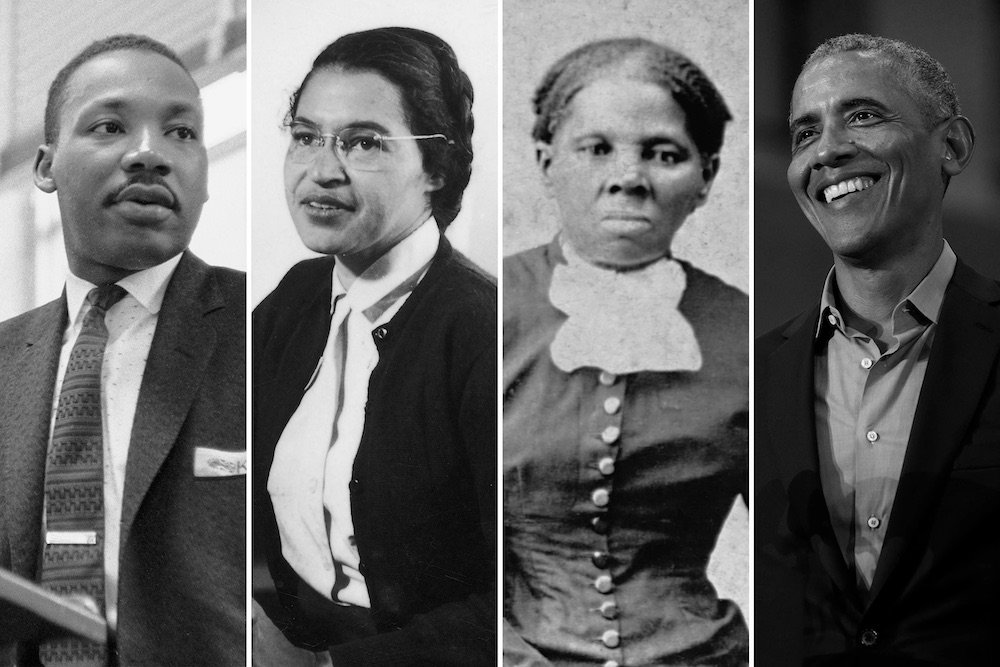Maybe you have heard this name before, but do you really know what is overdraft in banking? When you don’t have enough money in your account to cover a transaction you’ve made, the bank pays that transaction for you. This is called overdraft.
Sometimes, as hard as you try to keep a positive balance in your bank account, there can be unexpected expenses. When this happens and you end up spending more than the amount available, you may be hit with an overdraft fee.
You can achieve your overdraft through financial transactions and purchases you make through debit cards, checks, electronic or personal withdrawals, automatic payments and ATM transactions.
Many banks and credit unions offer overdraft protection programs with associated fees that apply upon usage. These fees may vary by financial institution and you usually pay them in addition to refunding the overdraft amount. With this in mind, it is important to know what is overdraft and how it works.
Overdraft payments may not be fully cleared to your account before you go shopping, so you must be careful not to exceed your limit.
What is an overdraft fee?
When you don’t have enough money to cover a withdrawal in your account, which can be either checking or savings accounts, your financial institution will pay for the transaction anyway. Consequently, your account will have a negative balance.
But what is an overdraft fee? The overdraft fee is an amount that financial institutions charge to lend you money to cover the difference between what you currently have available in an account and what is left to cover the total transaction or actual payment.
Now that you know what this means, do you know how much is overdraft fee? The average overdraft fee that banks charge is $35. At first, it may seem like a paltry amount per month, but if you watch the pennies and need to receive an overdraft fee every month, that adds up to US$ 420 a year in fees alone.
When you open a checking or savings account in a bank and credit union, you can choose to have access to overdraft protection or not. So, what does overdraft mean in banking?
This means that financial institutions must obtain your consent before adding this fee to an overdraft protection program the bank offers. This requirement was given by federal regulators who made it mandatory for certain financial institutions to obtain your consent.
Overdraft fees do not apply for automatic payments and checks, but if you do not have an account balance, the bank may return unpaid checks or transactions, resulting in a fee known as non-sufficient funds (NSF).
How does overdraft work?
Overdraft, as you’ve already seen, it guarantees the payment of a bill or financial transaction when you don’t have enough funds. There are four different types of fees that banks can assess.
Overdraft fee
The overdraft fee is a fee the bank charges when you need money to cover a transaction. This fee costs an average of US$ 35 and may vary by financial institution.
Non-sufficient funds rate (NSF)
This is a fee whose amount generally resembles the overdraft fee, but the purpose of it is to cover a debit card transaction when your balance is not enough.
Overdraft protection fee
The overdraft protection fee is one that you must authorize so that your bank can transfer funds to your account to avoid processing or overdrafting. So, in exchange, the bank will charge you this fee, which is lower than the overdraft fee.
Extended overdraft fee
When your bank account remains for several consecutive days with a negative balance, an extended overdraft fee may apply. The amount charged will depend on each financial institution.
Why do people decide to sign up for overdraft?
Most people choose to apply for overdraft due to insecurity, fear of having their debit card declined, believing it might be a useful option in an emergency situation, or choosing it as a kind of short-term credit.
If you are one of these people who especially views overdrafts as a form of short-term credit, perhaps you should consider and learn about other forms of credit.
Now that you know what is overdraft, you can choose a better option that fits with your budget to provide you with a respite from your personal expenses.
We know that unforeseen events happen more often than not and before you accomplish it. With that in mind, OneBlinc was created to provide a quick line of credit for people who work hard but need an extra boost to cover their expenses.
We provide access to credit when people need it most and also give our customers a variety of tools to help them improve their personal finances because we believe that everyone deserves a chance to build a better future. The winning combination will help our Blinc family become financially savvy in no time!
Meet our TOLBOX, the complete list of services that can help you save money and make the best of your budget. Start benefiting from it today! There you will also find more information about what is overdraft and their fees. This is a OneBlinc innovation designed to help you achieve your financial goals.

About us
Unexpected things happen more often than we would like them to. That’s why OneBlinc is here to help, whether you have an emergency or just need that extra cash to go through the end of the month. We believe in people, and we understand that everyone might need money someday, somehow.





